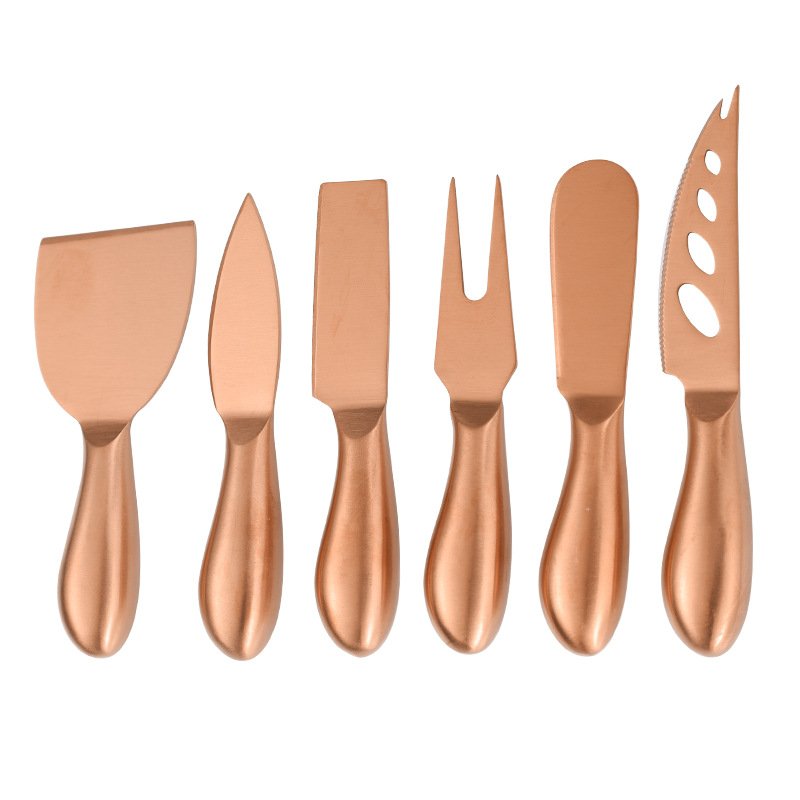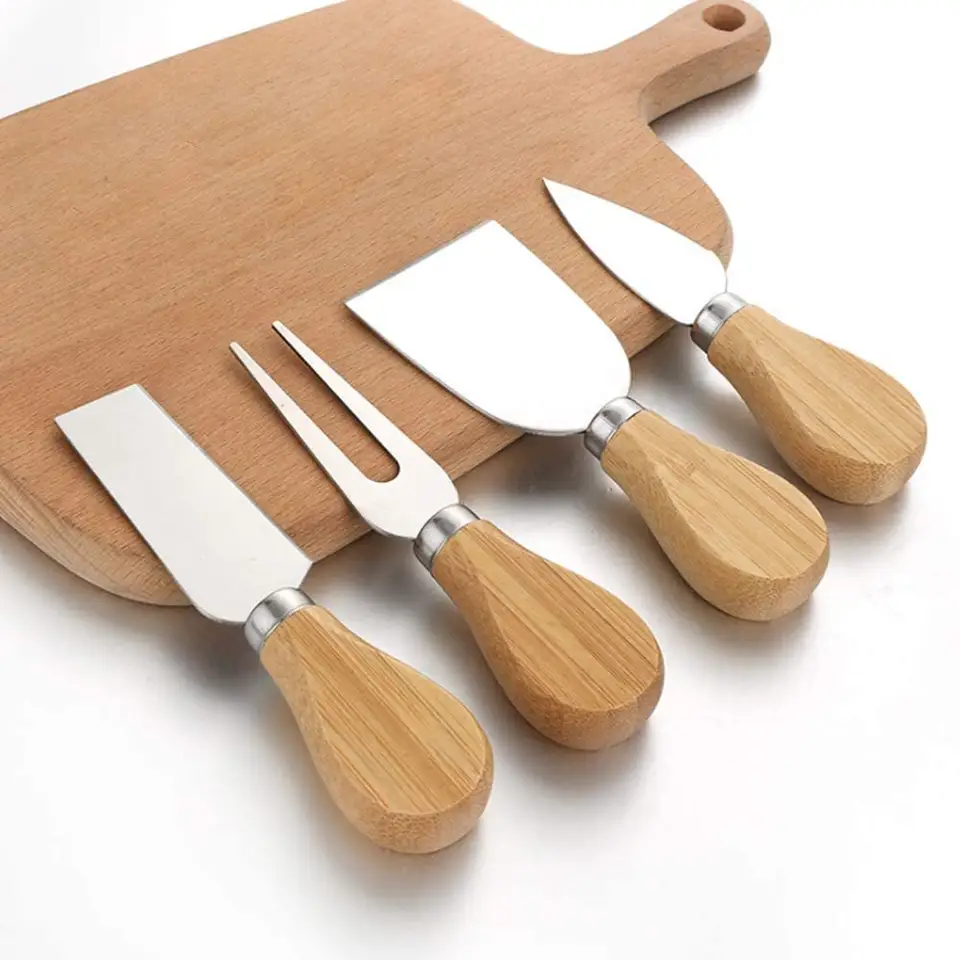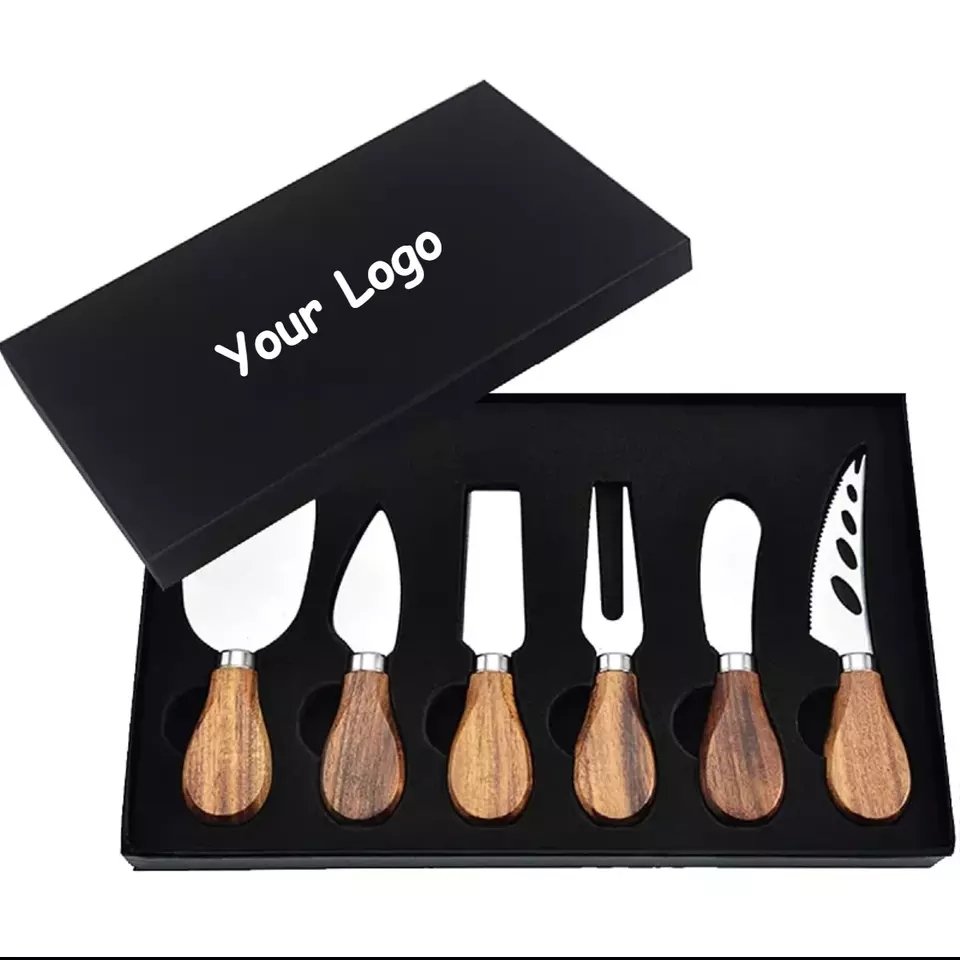Tired of constantly losing deals to competitors with more appealing products? ODM cutlery might be the game-changing solution your business desperately needs.
ODM cutlery enables you to rapidly offer unique, market-ready products without the extensive development costs, helping you attract more customers and significantly outperform your competitors.
ODM cutlery production combines efficiency with innovation, providing a strategic advantage in a crowded market. Let’s explore how choosing ODM cutlery could transform your brand’s competitive landscape.
Table of Contents
What Exactly is ODM Cutlery and How Does It Work?
Frustrated with the complexity and costs involved in designing cutlery from scratch? ODM solutions simplify the process significantly.
ODM (Original Design Manufacturer) cutlery refers to products designed and manufactured by specialized suppliers, allowing you to select ready-made or semi-customized products to quickly enter the market with minimal risk.
Understanding ODM Cutlery Production
ODM cutlery involves partnering with suppliers who handle both the design and manufacturing processes. You choose from their existing product range, often customizing only certain elements like logos or packaging.
| Aspect | ODM Production | OEM Production |
|---|---|---|
| Design Control | Supplier-driven, limited control | Fully client-driven, extensive control |
| Cost Efficiency | Lower, due to shared designs | Higher, unique development required |
| Speed to Market | Faster due to available prototypes | Slower due to custom development |
| Minimum Quantity | Typically lower | Usually higher |
Advantages of ODM Cutlery Over OEM
ODM solutions allow businesses like mine to capitalize on proven designs. This significantly lowers risks associated with untested products. Moreover, since suppliers have already refined their designs, quality assurance becomes simpler and more reliable. The reduced lead times can dramatically shorten the period from idea to market, enabling my brand to respond quickly to consumer trends. This agility is particularly beneficial in rapidly evolving markets where speed can determine success or failure.
However, it’s important to recognize that ODM offers limited customization. This might initially seem like a disadvantage, but for many businesses, it provides a balance between uniqueness and practical scalability.

How Can ODM Cutlery Boost My Brand’s Competitiveness?
Finding it challenging to differentiate your products in a saturated market? ODM cutlery helps elevate your brand’s competitive position effortlessly.
ODM cutlery enhances competitiveness by delivering distinct products rapidly, ensuring cost efficiency, and allowing your brand to focus on sales and marketing strategies instead of exhaustive product development.
Faster Product Launches and Competitive Edge
With ODM, the key competitive advantage lies in speed and agility. ODM suppliers usually have extensive product catalogs ready for immediate adaptation. This enables my brand to respond rapidly to changing market demands, quickly refreshing our product line to keep customers interested.
Improved Cost Efficiency and Profit Margins
ODM production significantly reduces development costs because initial design investments are absorbed by the supplier. This allows more competitive pricing or increased profit margins, providing greater flexibility in pricing strategies. Lower costs also enable my brand to allocate budgets more effectively, focusing on marketing, customer experience, and after-sales support.
Structured Comparison of ODM vs. In-House Development:
| Factor | ODM Strategy | In-House Development |
|---|---|---|
| Development Time | Short (weeks/months) | Long (months/years) |
| Investment Risk | Low | High |
| Production Cost | Moderate | High |
| Customization | Moderate | Full |
| Competitive Agility | High | Limited |
Balancing Uniqueness and Practicality
While ODM does limit total uniqueness, this limitation often benefits my brand by forcing strategic decisions around core differentiators like branding, packaging, and customer experience. ODM gives my team the flexibility to adapt quickly without being bogged down in technical details, making us agile and effective in outmaneuvering competitors.
What are the Risks of Choosing ODM Cutlery?
Concerned about potential drawbacks of relying too heavily on ODM solutions? Being aware of the possible pitfalls can help you manage risks effectively.
While ODM offers speed and efficiency, potential risks include limited differentiation, supplier dependency, and reduced design control, which may affect brand identity if not managed carefully.
Limited Differentiation and Market Saturation
ODM suppliers offer similar designs to multiple clients. As a result, there’s a risk that competitors may have similar products. However, you can overcome this by focusing on unique branding and packaging.
Supplier Dependency
Relying on a single ODM supplier creates dependency, potentially increasing vulnerability to disruptions in supply or quality fluctuations. Diversifying suppliers or maintaining a backup plan helps mitigate this risk.
Reduced Control Over Design and Quality
Since ODM involves less direct oversight over product design, it may result in discrepancies between initial expectations and delivered products. However, clear communication and robust agreements with suppliers can alleviate these concerns.
| Risk | Impact | Mitigation Strategy |
|---|---|---|
| Limited Differentiation | Competitors offering similar products | Invest in strong branding and unique packaging |
| Supplier Dependency | Potential supply disruptions | Diversify suppliers, maintain backups |
| Reduced Control | Unexpected quality variations | Establish clear QC protocols and regular audits |
By carefully managing these risks, ODM can remain an extremely beneficial approach for my brand to maintain a competitive edge without unnecessary investment or complexity.
How Do I Find Reliable ODM Cutlery Suppliers in China?
Overwhelmed by the countless ODM suppliers in China? Selecting the right supplier is crucial for maximizing your ODM strategy’s success.
Identify reputable ODM cutlery suppliers by thoroughly researching their production capabilities, verifying certifications, conducting site audits, and testing samples before finalizing any agreement.
Steps to Identify Reliable ODM Suppliers
| Step | Description |
|---|---|
| Initial Research | Use platforms like Alibaba, Global Sources, and Made-in-China to find suppliers |
| Certifications Verification | Check for ISO9001, FDA, LFGB, BSCI to ensure compliance and credibility |
| Factory Audits | Conduct on-site or third-party audits to assess production capabilities |
| Sample Testing | Request and evaluate samples to confirm product quality before committing |
| Step | Action | Benefit |
|---|---|---|
| Research | Shortlist through online platforms | Broad initial selection |
| Certification Check | Validate compliance | Ensures standards and market readiness |
| Site Audit | Verify actual production capability | Confirms reliability and capacity |
| Sample Evaluation | Assess product firsthand | Guarantees product quality |
Personal Experience with ODM Suppliers
In my experience, establishing clear communication and mutual trust from the outset greatly enhances relationships with ODM suppliers. Regular visits, transparent expectations, and ongoing quality checks form the basis of a productive long-term partnership. Over the years, these practices have helped me avoid common pitfalls and consistently select trustworthy partners who deliver excellent products and services.
What are the Capabilities of OEM ODM?
Struggling to understand exactly what OEM and ODM can offer your brand in terms of capabilities and growth potential?
OEM (Original Equipment Manufacturer) focuses on manufacturing products based entirely on your designs, while ODM (Original Design Manufacturer) offers ready-made designs which you can brand, customize slightly, and quickly bring to market.
OEM vs. ODM Capabilities: Key Differences
To grasp how ODM can uniquely benefit your cutlery business, it’s essential to understand clearly how its capabilities differ from OEM. Here’s a simplified breakdown of both approaches:
| Capability | OEM | ODM |
|---|---|---|
| Design Responsibility | Entirely your brand | Supplier-based, shared |
| Product Customization | High, fully tailored | Moderate, semi-tailored |
| Speed to Market | Slower (requires full development) | Faster (existing prototypes available) |
| Cost Efficiency | Lower (economies of scale), but high initial cost | Higher cost efficiency (shared designs) |
| Minimum Order Quantity | Typically higher | Usually lower |
Real-World Applications of ODM Capabilities
ODM solutions excel in scenarios where time-to-market is critical. If my brand notices an emerging trend, ODM allows us to react swiftly. With ODM, suppliers already possess production molds, technical know-how, and manufacturing expertise. This reduces my investment risks and allows my brand to test products in smaller quantities before scaling up.
Moreover, ODM suppliers have extensive experience with industry standards and regulatory requirements. This minimizes risks related to compliance and product safety, allowing me to concentrate on market positioning and customer satisfaction rather than complex design challenges.
Why ODM Capabilities Might Suit Your Brand Better
If your business values agility, minimal risk, and cost-effective product diversification, ODM is especially beneficial. While OEM offers greater control, the practical benefits of ODM often outweigh this, particularly for medium-sized businesses like mine, which must stay competitive without massive upfront investments. ODM provides precisely this competitive balance, enabling rapid growth with controlled costs.
What Does the ODM Refer To?
Confused by the term ODM and unsure how it applies to your brand’s growth strategy in the cutlery industry?
ODM refers to Original Design Manufacturer, a production model where manufacturers design and create products independently, offering brands the option to select, slightly modify, and market these products under their own name.
Understanding the Core of ODM
The essence of ODM lies in its convenience and strategic simplicity. Unlike OEM, ODM involves minimal direct involvement in the detailed aspects of product creation. Suppliers develop products independently, using their design teams, production capabilities, and industry experience. My brand’s primary role is selecting suitable products and specifying minor adjustments like packaging or branding.
| ODM Aspect | Explanation | Impact on Your Brand |
|---|---|---|
| Design Process | Supplier-driven, independent | Faster product selection |
| Brand Involvement | Primarily in branding & customization | Lower design costs |
| Investment Level | Low initial investment | Reduced financial risk |
| Customization | Limited, mostly cosmetic | Quicker entry to market |
Practical Benefits of Choosing ODM
ODM significantly reduces the time and costs involved in bringing new products to market. Since my suppliers have already developed and tested products, this saves my team months of design time, prototyping, and costly adjustments. This advantage makes ODM especially appealing for rapidly changing markets where quick responsiveness is crucial.
Furthermore, because ODM suppliers manage compliance with industry standards, I can confidently expand into new markets without extensive legal or regulatory risks. The burden of initial product validation rests with the supplier, giving my brand more freedom to innovate in marketing strategies and brand positioning.
ODM’s Strategic Impact on Your Brand
Choosing ODM strategically positions your brand to compete more effectively, particularly in the crowded cutlery market. The reduced investment and rapid market entry enabled by ODM can give your brand a critical advantage, allowing you to capture market opportunities swiftly and economically. This flexibility is especially beneficial for businesses focused on brand building and customer acquisition rather than extensive product innovation and technical development.





